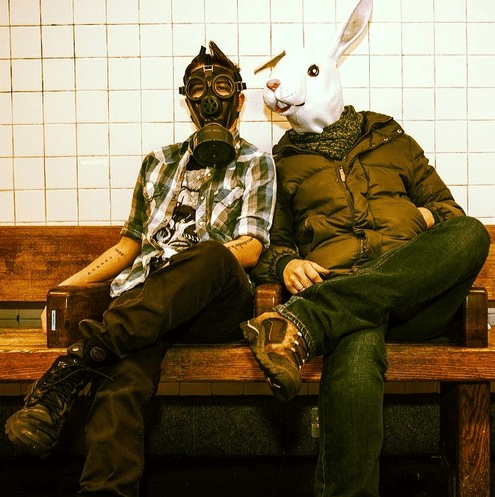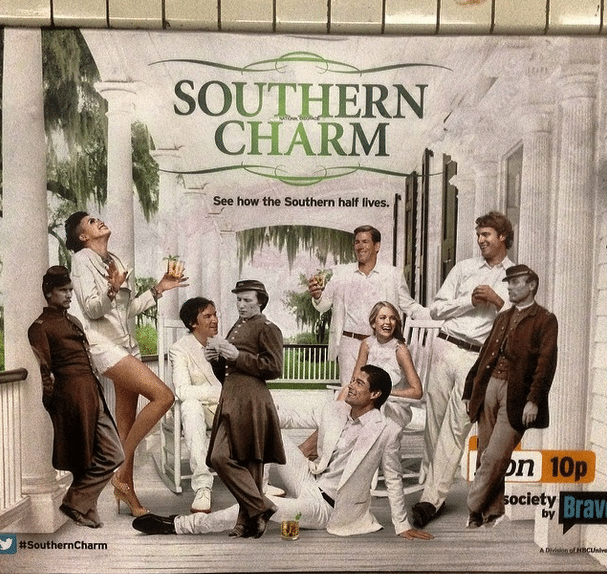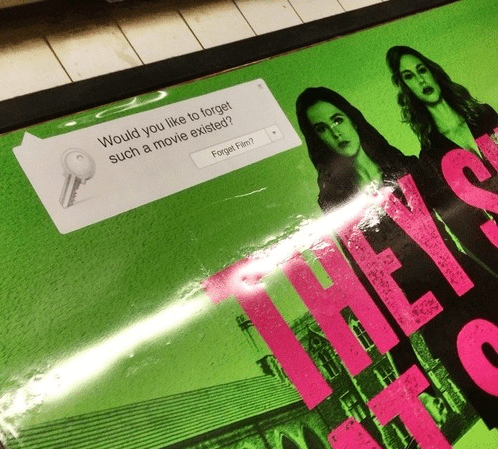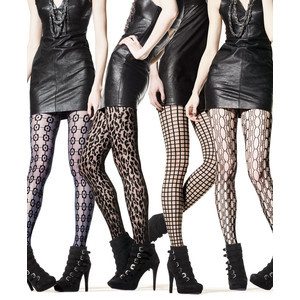It’s no secret that theater, fashion, and culture are among the greatest NYC treasures. For years, they’ve been the singular alluring factors for transplants aspiring to careers in these fields. For natives like the the late, iconic photographer Richard Avedon, they were sources of inspiration for what they already knew existed here.

Over the span of his sixty year career, Avedon captured the most beautiful, truthful, and vulnerable portraits from luminaries including Marilyn Monroe, Andy Warhol, Audrey Hepburn, Fred Astaire, Mary Martin, Ethel Merman, Zero Mostel, Humphrey Bogart, Paul McCartney, and countless others. While a large part of his work was centered around celebrity, his eye was also on the political and social pulse of the Nation. Avedon encapsulated the rocky era of the Vietnam War , the civil rights movement, and the strain of many working class individuals.
Earlier this week, the Richard Avedon Foundation announced the launch of its’ first mobile app for iPad: The RICHARD AVEDON app. Developed in partnership with the technology studio Potion, it contains over 1,000 images and a virtual guide to the photographer’s archives. As more of his work is digitized, the Avedon Foundation will continue to update this informative, user-friendly, and fascinating resource. It is divided into three major areas: Fashion, Portraiture, and Reportage. According to the press release from the foundation, “the RICHARD AVEDON app catalogues the output of one of the most influential photographers of the twentieth century and displays the arc of this extraordinary artist’s career.”
New Yorkers not only crave high culture of this caliber, but they also love a good bargain. This latest reference for visual history is free of charge and can be found on iTunes. More information is also available at http://www.avedonfoundation.org


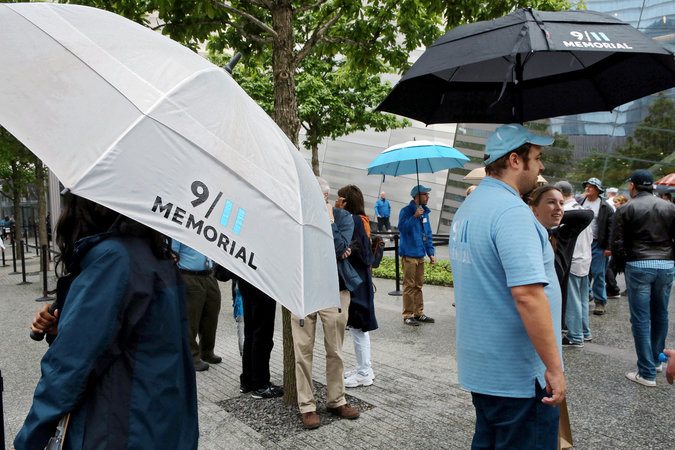
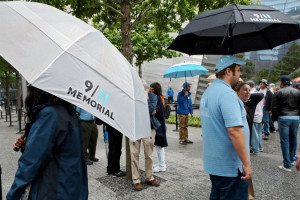

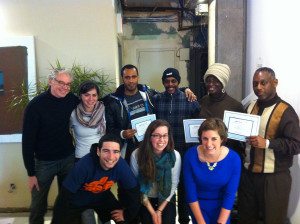



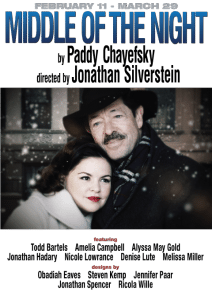

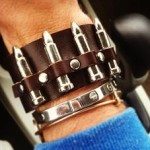 Here is a leather and silver bullet styled bracelet that Jake featured. This piece can be matched with any outfit, and can give theperfect New York rocker tone to an otherwise bland outfit. Again, not an overwhelming piece, but just enough to add the same sparkle as an average bracelet- just with a heck of a lot more attitude.
Here is a leather and silver bullet styled bracelet that Jake featured. This piece can be matched with any outfit, and can give theperfect New York rocker tone to an otherwise bland outfit. Again, not an overwhelming piece, but just enough to add the same sparkle as an average bracelet- just with a heck of a lot more attitude. His other favorite pop of silver is his pair of silver high top sneakers. He blogged this statement about these gleaming kicks: “I’m obsessed with my silver hightop sneakers. And I would totally wear them everyday if I could.” And Jake’s recommendation to everyone is to “pull out your old pieces, dust them off, and put them to good use.” This applies to anything- silver or not- because hey, you never know what will be the next big hit in fashion.
His other favorite pop of silver is his pair of silver high top sneakers. He blogged this statement about these gleaming kicks: “I’m obsessed with my silver hightop sneakers. And I would totally wear them everyday if I could.” And Jake’s recommendation to everyone is to “pull out your old pieces, dust them off, and put them to good use.” This applies to anything- silver or not- because hey, you never know what will be the next big hit in fashion.